What Aussies are paying to stay fit to help reduce stress and lose weight
The amount of time and money we spend to get fit has changed. See what Aussies are doing and what experts say you can do to get your family fit for free.
How much we spend on fitness is split down generational lines with Gen Z spending the most, spurred on by wanting to look good, and Boomers spending the least by opting for the physical – and practical – benefits of gardening and household chores.
Millennials see fitness as a way to reduce stress, while Gen X considers physical activity a way to drop a few kilos.
Collectively, we are doing an hour less of exercise a week compared with 2024, Body+Soul’s annual Health of the Nation survey – based on people from all stages of life – found.
Social analyst and demographer Mark McCrindle said the “business of life” influences how much – or little – each generation spends on keeping fit and their motivations.
BOOMERS
Boomers, born between 1956 and 1964, have a little more time now they’re retired and are driven to exercise to ward off aches and pains. The study found they spent the least on fitness – $71.74 a month – and see free activities like gardening as a form of exercise.
“With the younger generations, it’s more about the looks that drive the fitness and health but for the older generations, it’s more about that longevity and that functional fitness,” Mr McCrindle said.
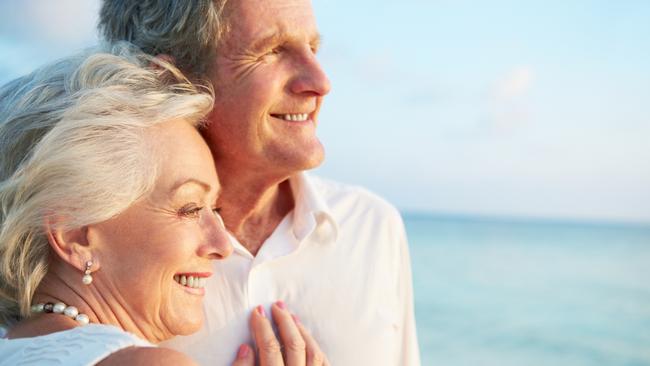
GEN X
Mr McCrindle said it was no surprise that Gen X, those born between 1965 and 1979, are most worried about their weight because they’re at a busy stage of life, perhaps with teenagers and elderly parents to look out for. They spend on average $96.21 a month on fitness, although two thirds spend nothing.
“Socially, they drop out of activity, perhaps because life has got in the way or the body is not as mobile as it once was, or they’re not as energetic as they once were,” Mr McCrindle said.
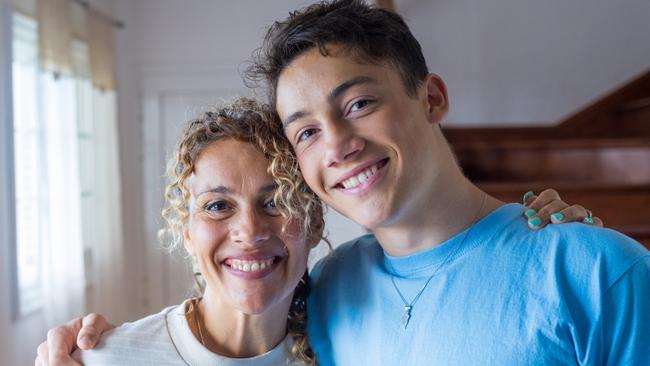
MILLENNIALS
The slightly younger Millennials, born between 1980 and 1994, are most likely to have young families, with mum and dad both working. According to the report, they spend on average, $116.95 a month, but four in 10 spend nothing.
“The males in the Millennials category are the most likely to drop out of activity because they’re in the peak of their working and wealth accumulation years,” Mr McCrindle said. “And so you particularly see the drop off in men’s activity as they move from their 20s to their 30s and it picks up again as they move from 40 to 50.”
MORE: Exclusive offers to help you get healthier
MORE: Get the Kic app
MORE: Enter our Health of the Nation giveaway
GEN Z
Gen Z, those born between 1995 and 2009, spend on average $117.16 a month on fitness. They’re the most exposed to “fitness influencers and social media” and are “more susceptible to and interested in fitness innovations and the fads and fashions of fitness”.
“They’re after the miracle cures and the latest way of exercise that’s going to maximise results,” Mr McCrindle said.
“They’re both innovative and open to new ideas.”

The survey found more than half of Gen Z cite lack of motivation as the top barrier to fitness, while a quarter said mental health challenges such as anxiety and depression stop them exercising.
While fewer young people drink or smoke than previous generations, many are vapers.
They also have the advantage of having far more knowledge and access to health information and activities, from platforms like YouTube and TikTok, than older generations.
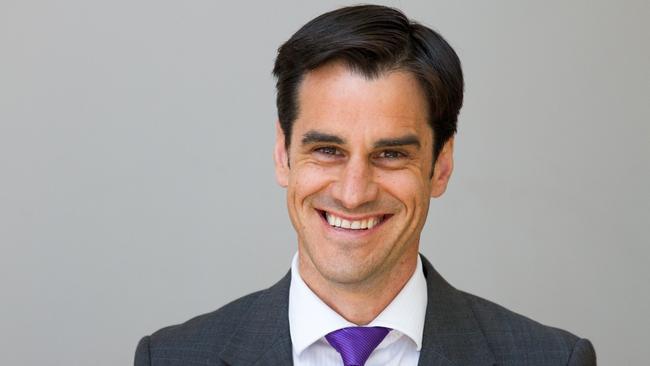
ALPHAS AND BETAS
The Alphas, born between 2010 to 2024, and the Betas, who came into existence from January 1, were too young to take part in the survey. But, through their parents’ responses, it found six in 10 kids are not getting the recommended hour of exercise a day, and one in four are getting less than 30 minutes. It also found one in three parents never throw or kick a ball with their child.
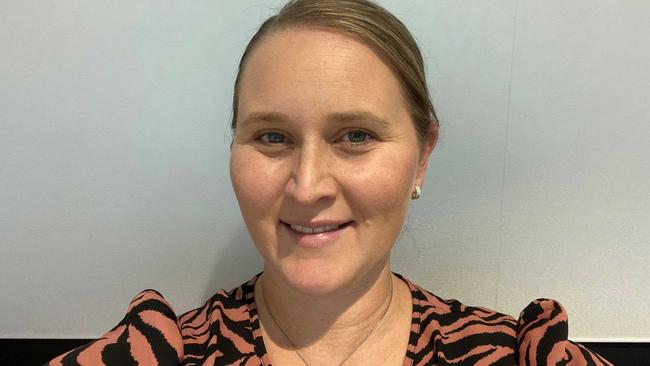
Heart Foundation Senior Adviser Physical Activity Elizabeth Calleja said active children become active adults, so it is important to form habits early.
She said cardiovascular disease – the leading cause of death in Australia – was largely preventable.
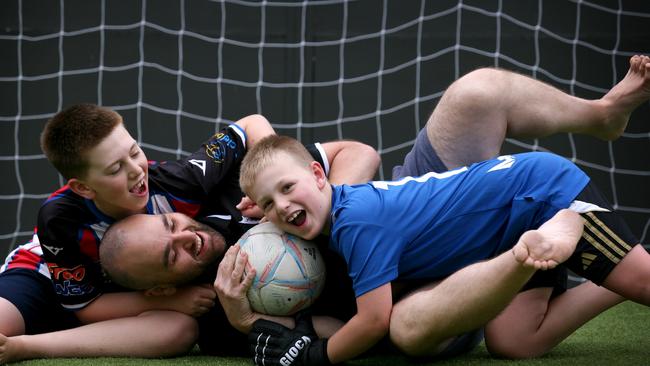
“Free play is important (for families). Get kids dancing, playing with a frisbee, or balls or hula hoops. Get out the skipping rope. Do it with them,” Ms Calleja said.
She said diet was also key, recommending a “rainbow diet” with a variety of fruit and vegetables, and making water their main drink.
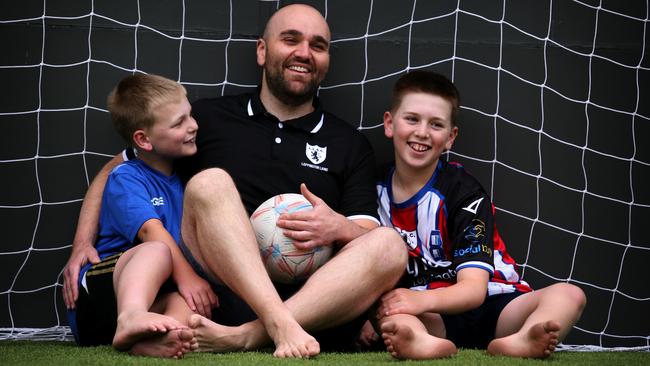
Steven Fazio, 41, and his sons Lucas, 11, and Zac, 9, have a kickabout regularly.
“If they stay on their X boxes we find it difficult getting them to sleep,” Mr Lazio said.
“And, I don’t like running on the treadmill, but I do like kicking a ball in the backyard. I also switch off from worrying about finances or work.
“Also the boys don’t like to sit down and talk, but when we are kicking the ball, sometimes, they might say, ‘Oh this happened to me at school today’. It’s a good way of bonding.”
More Coverage
Originally published as What Aussies are paying to stay fit to help reduce stress and lose weight





